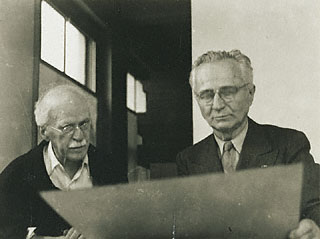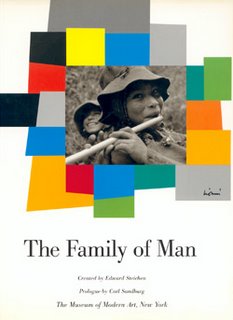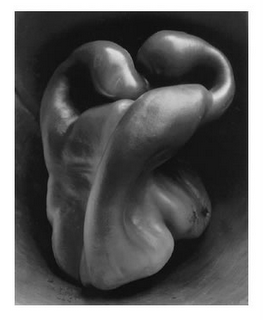This is a Zone ruler of 'reflected light luminosity':
 John Blakemore
John Blakemore describes each Zone like this:
Zone 0 Featureless black
Zone I Very dark black - no detail
Zone II First sense of separation in dark areas but no detail
Zone III Clear detail in darkest areas
Zone IV Dark hair, shadow in landscape
Zone V Mid-tone (18%) grey, tanned skin, grass or stone
Zone VI Caucasian skin
Zone VII Whites retaining full detail, skin in sunshine
Zone VIII Bright surfaces, whites with little texture left
Zone IX Glaring surfaces, highlights without detail

John doesn't bother with Zone 0 and neither will we
John's Zone book The Zone system on WikipediaThe Zone system explained by American nerds
The Zone system on WikipediaThe Zone system explained by American nerdsYou can take a reflected light reading off anything - if you can visualise what "Zone" it is, and adjust your exposure setting accordingly. I'll explain more soon.
For next Monday, please try to shoot the negatives for a Zone ruler: four stops over and four stops under a Zone V (grey card exposure) of an evenly illuminated, textured surface. You should have 9 frames of increasing density.
(Remember... it won't go wrong if you follow the instructions...)




















